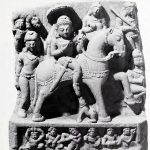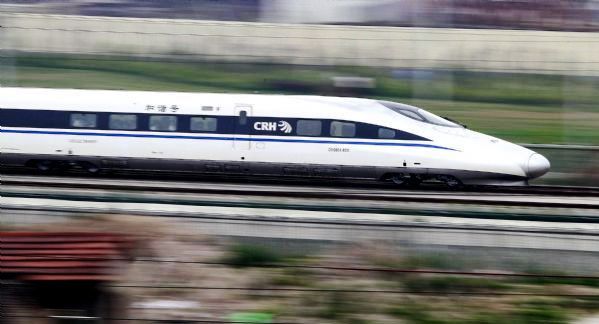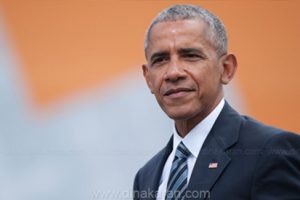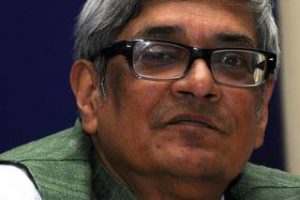The Beijing–Shanghai High-Speed Railway (or Jinghu High-Speed Railway from its Chinese name) is a 1,318-kilometre (819 mi) long high-speed railway that connects two major economic zones in the People’s Republic of China, the Bohai Economic Rim and the Yangtze River Delta.Construction began on April 18, 2008, and a ceremony to mark the completion of track laying was held on November 15, 2010. The line opened to the public for commercial service on June 30, 2011. This rail line is the world’s longest high-speed line ever constructed in a single phase.
Under former Minister of Railways Liu Zhijun, the railway line was the first one designed for a maximum speed of 380 km/h in commercial operations. The non-stop train from Beijing South to Shanghai Hongqiao was expected to finish the 1,305 kilometres (811 mi) journey in 3 hours and 58 minutes, averaging 329 kilometres per hour (204 mph), making it the fastest scheduled train in the world, compared to 9 hours and 49 minutes on the fastest trains running on the parallel conventional railway.However, following Liu Zhijun’s dismissal in February 2011, several major changes were announced. First, trains would be slowed to a maximum speed of 300 km/h (186 mph), reducing operating costs. At this speed, the fastest trains would take 4 hours and 48 minutes to travel from Beijing South to Shanghai Hongqiao, making one stop at Nanjing South.Additionally, a slower class of trains running at 250 km/h (155 mph) would be operated, making more stops and charging lower fares.










